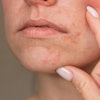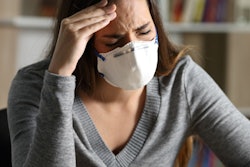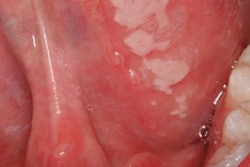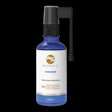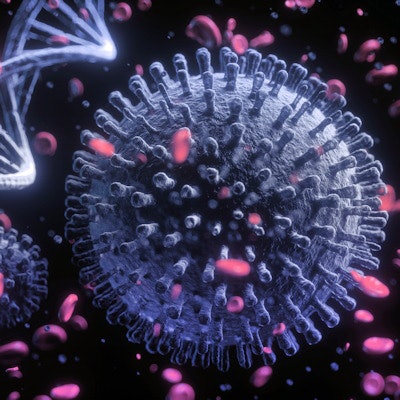
In addition to oral lesions being an early sign of COVID-19, infection with the SARS-CoV-2 virus may trigger the late onset of secondary ulcers in patients, according to a letter to the editor published on November 1 in Oral Diseases.
COVID-19 deregulates patients' immune systems, deteriorating their systemic health and possibly causing extended immune imbalances, which may predispose them to late secondary oral lesions. Therefore, the mouths of patients with COVID-19 should be monitored closely during and after infection, according to the authors.
"Routine intraoral examination should be performed in patients diagnosed with the new coronavirus in search of oral manifestations," wrote the group, led by Dr. Thâmara Manoela Marinho Bezerra from the Federal University of Ceará School of Pharmacy, Dentistry, and Nursing in Fortaleza, Brazil.
COVID-19's connection to the oral cavity
Evidence has shown that tongue ulcers, mouth rash, lip necrosis, and other oral manifestations have been associated with SARS-CoV-2, the virus that causes COVID-19. Most recently, early findings have shown that the mouth may be a main source of novel coronavirus infection and transmission. Most of the reported lesions in patients occurred during their COVID-19 infection periods. This letter highlights the case of a patient who developed oral lesions late after disease onset.
The 33-year-old man went to the doctor because he was experiencing headache, muscle pain, fever, shortness of breath, and loss of taste and smell. He was suspected of having COVID-19, but he was not given a test because they were being reserved for the most severe cases. He was treated with the antiparasitic ivermectin and the antibiotic azithromycin, the authors wrote.
More than 2 months later
The man continued to experience dysgeusia, had difficulties smelling, and had developed a painful ulcer in the floor of his mouth 70 days after the initial onset of symptoms. The lesion was gone in 10 days after treatment with topical corticosteroids.
Twenty days later, he still had dysgeusia and hyposmia, and he had developed two other crateriform ulcers with a necrotic background in his left retromolar region and lip mucosa. He said it was the first time he experienced such lesions and had no history of recurrent aphthous ulceration (RAU). This time, he was treated with topical triamcinolone acetonide and was told to use 0.12% chlorhexidine digluconate mouthwash for seven days, according to the authors.
A serological COVID-19 assay was performed, and it detected immunoglobulin G (IgG) COVID-19 antibodies. The patient's oral ulcers were gone within seven days. Because the man continues to experience persistent hyposmia, clinicians continue to see him at follow-up visits, the authors noted.
Time for follow-up
COVID-19 may cause overactivation of an inflammatory immune response, leading to a cytokine storm and immune exhaustion. It is possible that secondary oral ulcers may occur similarly to the way they develop with other viruses, according to the authors. Due to the lasting systemic immune imbalance caused by COVID-19, a close, long-term follow-up of infected patients may be required.
"This will also help to better understand the pathogenesis of the disease and its systemic and oral long-term manifestations," they wrote.




